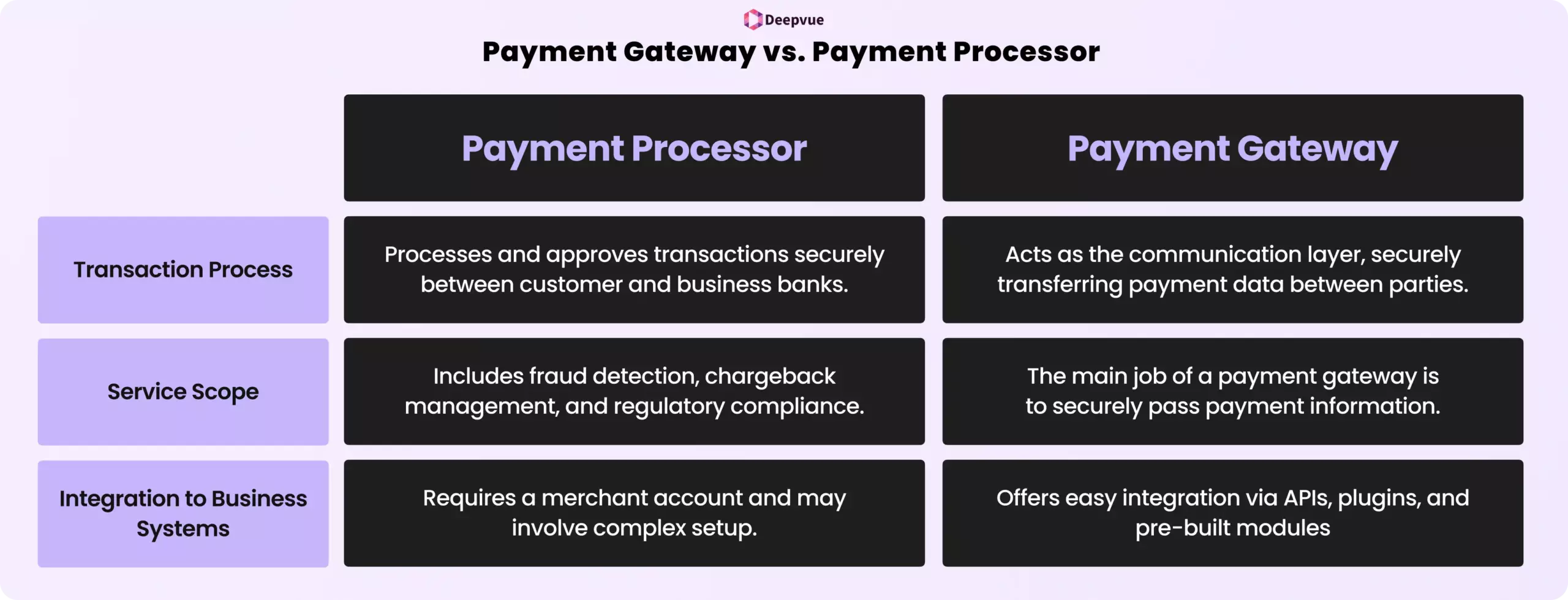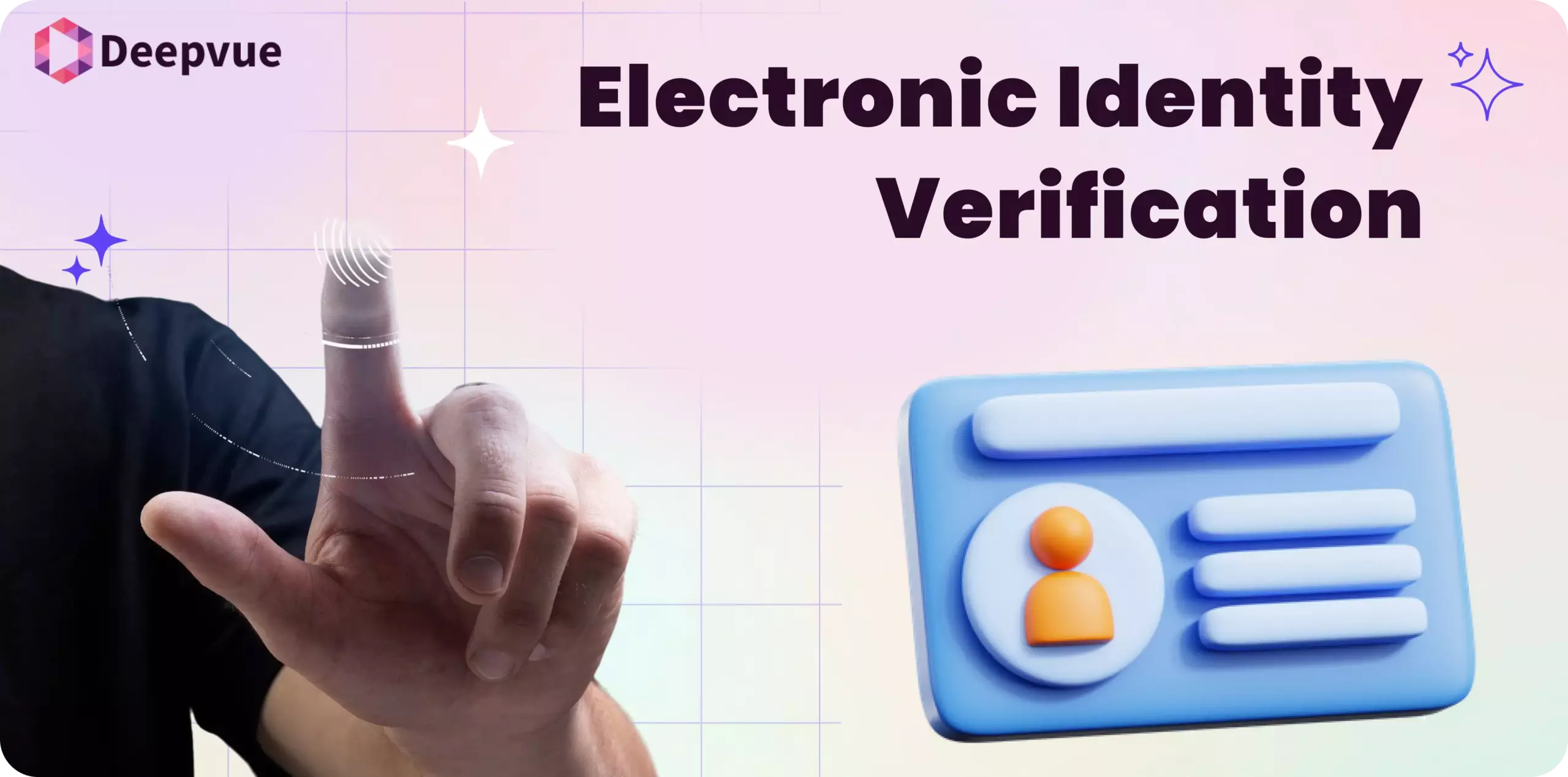The terms payment processor and payment gateway, are often considered interchangeable, yet they have specific functions to provide secure, uninterrupted transactions. The payment gateway provides the digital substitute for the point-of-sale terminal, capturing customer payment information in a secure, encrypted fashion when a customer conducts a transaction. The payment processor is the hidden muscle of the industry that performs its magic by negotiating with banks, card associations, and other financial institutions, completing the payment authorization, and closing the transaction.
Though both function hand in hand, they both perform different functions that are very important to the success of every online or physical transaction. Today, in this blog, we’re going to describe the major differences between a payment processor and a payment gateway.
What is a Payment Gateway?
A payment gateway technology enables businesses, customers, and payment processors to securely send payment information back and forth. For authorization purposes, it receives, encrypts, and sends a customer’s card data to the payment processor securely. Payment gateways observe strict payment processes and security protocols, such as the Payment Card Industry Data Security Standard (OCI DSS). The technology makes use of a card reader or a point-of-sale (POS) terminal in the process of checkout, online or offline.
What is a Payment Processor?
A payment processor processes credit cards, debit cards, and other forms of payment between businesses and consumers. It acts as a go-between for the customer’s bank and the business, safely transferring funds from one to the other. It forwards card details from the point-of-sale terminal of the merchant to the card networks or banks involved in the transaction. Payment processors not only verify fraud but also search for fraud, ensuring that all legislation is complied with. They impose fees for their services, which is basically a percentage of the transaction amount.
Payment Gateway vs. Payment Processor

An essential part of electronic payments is payment gateways and processors. But they serve different purposes. Below are the main differences between payment gateway and payment processor:
Transaction Process:
- A payment processor is responsible for processing and approving payments. It makes a transaction possible and ensures that money is transferred safely between the customer’s bank and the business bank.
- The payment gateway is the integration factor that allows communication and securely transfers payment information between the customer, business, and payment processor.
Service Scope:
- Payment processors not only accept transactions but also offer a whole range of services including chargeback management, fraud detection, and payment regulation compliance.
- The main job of a payment gateway is to securely pass payment information.
Integration to Business Systems:
- To process transactions, payment processors generally ask businesses to have a merchant account, which can involve more complex setup procedures.
- Payment gateways allow companies to easily start taking online payments by providing easier integration options, like APIs, plugins, and pre-built modules.
Benefits of Employing Payments Processors
- Payment processors provide a wide range of digital payment choices that encourage clients to successfully complete their transactions. This way, it increases your sales and earnings.
- No regional restrictions are imposed on payment processors. Therefore, businesses can manage both domestic and international payments.
- Everything in digital transactions is automated by a payment processor, from authorizing to processing payments, it is all completed in minutes. This, subsequently, reduces the chances of error and fraud.
- Robust security and encryption capabilities offered by this system ensure that any confidential client data remains protected against outside access.
Benefits of Payment Gateways
- A payment gateway enhances customer satisfaction by offering a convenient, flexible, and hassle-free shopping experience. It allows you to pay from any device, at any time, and from anywhere.
- They employ stringent security measures to protect confidential client information. It keeps sensitive information such as credit card information secure from potential fraud and data loss.
- Payment gateways utilize advanced encryption technology and fraud detection mechanisms to scan transactions for suspicious activity.
- Transactions are processed faster by automated processes with payment gateways, and it enhances cash flow for organizations. It also accelerates the sales cycle as well as provides customers with a fast checkout process.
- There are payment gateways that support multiple currencies, which enables businesses to accommodate clients from various countries. It is, therefore, a necessary tool for businesses expanding globally.
- Payment gateways are a significant part of electronic commerce because they allow an even more secure and convenient transaction process, improve customer satisfaction, and offer worldwide accessibility.
How Do Payment Gateways and Payment Processors Work Together?
Payment processors and payment processors provide distinct but complementary functions in the provision of secure and efficient online transactions. Combined, they facilitate smooth data transit and communication among the parties involved. The entire process of securely and efficiently processing sensitive payment information complies with encryption processes and industry standards like PCI DSS.
- First, the client will initiate the transaction by accessing the company website or application and entering their card details. This information is then securely encrypted by the payment gateway before sending it to the payment processor.
- For authorization of the transaction to be acquired, the payment processor sends the encrypted payment information to the bank of the customer upon receipt from the payment gateway.
- The transaction will be approved or rejected by the bank, and this action will be sent to the payment gateway by the payment processor.
- Additionally, the response will be sent to the company’s website or application, informing the customer whether the transaction was approved or rejected.
- Finally, the payment processor makes the money transfer from the customer’s bank account to the business bank account if the transaction is successful. It normally takes a few working days to effect this process, which is called settlement.
Conclusion
The payment gateway is the secure conduit between the merchant and the customer, capturing the payment information and encrypting it for secure transfer. The payment processor is responsible for processing the movement of funds, facilitating that the transaction gets authorized, approved, and processed successfully. Both of them are the backbone of any digital payment system.
To add an extra layer of security and reliability to your payment system, integrating other verification tools is a must. Our Bank Account Verification API ensures that bank account information given by customers or suppliers is valid and correct, minimizing the chances of transaction failure and fraud. Likewise, our UPI ID Verification API verifies the authenticity of the UPI IDs in real time, enabling businesses to securely make payments and streamline the onboarding process.
FAQs
What is a payment gateway?
A payment gateway is a technology that securely retrieves and passes through customer payment information to the payment processor for authorization.
What is a payment processor?
A payment processor enables bank and card network communications to authorize and settle transactions.
Do I need both a payment gateway and a payment processor?
Yes, most online transactions need both to securely and effectively make a payment from consumer to merchant.
How does a payment gateway function in an online transaction?
It gathers payment information at the time of checkout, encrypts it, and forwards it to the processor to be authorized.
How is a payment processor involved in fighting fraud?
It identifies suspicious transactions and collaborates with banks to prevent unauthorized payments.








